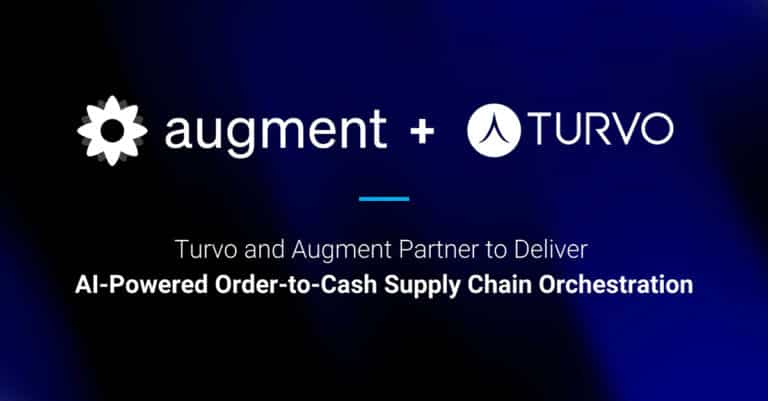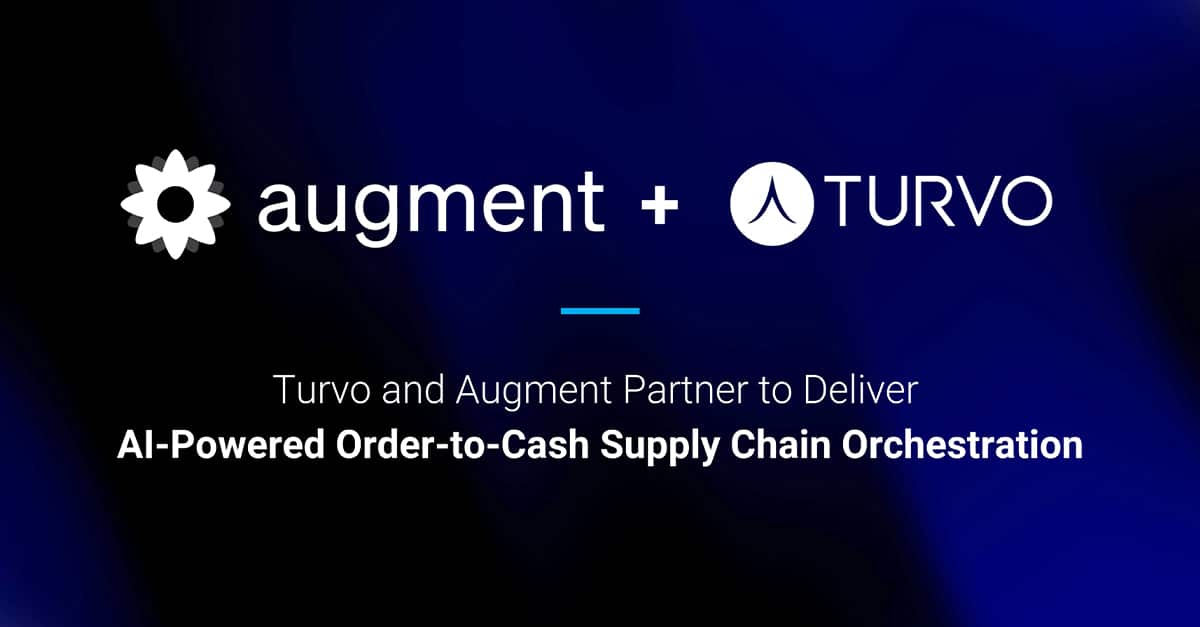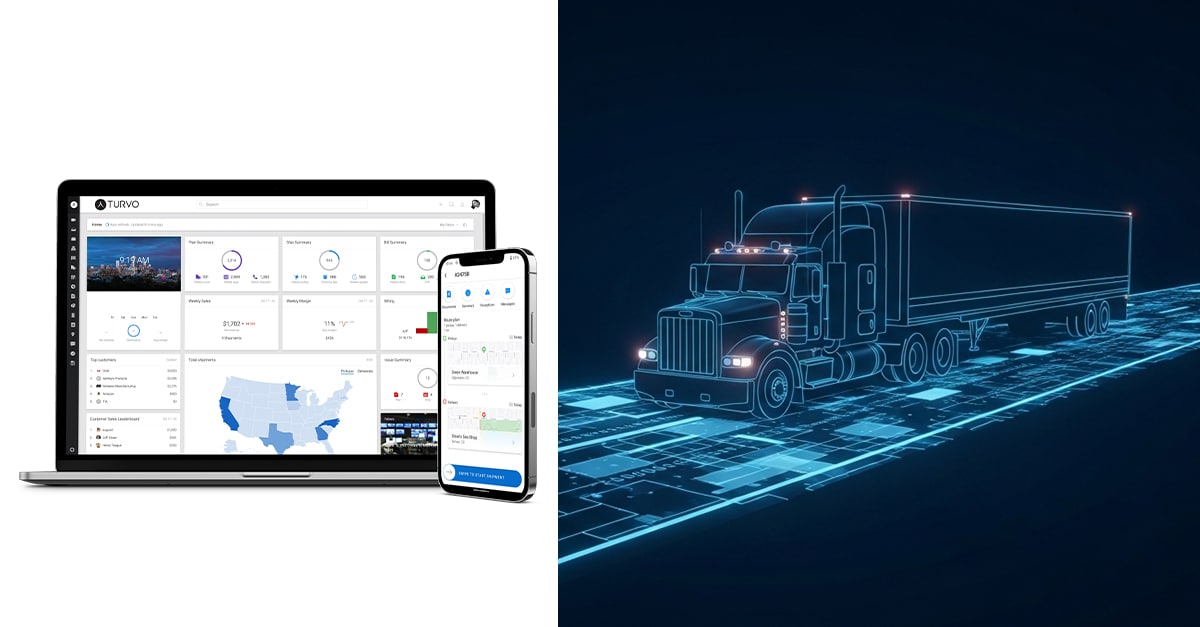According to the American Trucking Association, the commercial trucking sector will need more than a million additional drivers over the next ten years. The rising on-demand economy translates to more demand for warehouse workers and commercial drivers in the logistics and transportation businesses. Free shipping and real-time delivery have accelerated the need for workers. This is the reality today, thanks to the smartphone-powered e-commerce customer.
While there is an upside in the employment market, today, quality of life and work are the most important factors for employees. Businesses today find it very hard to strike the proper balance between both.
The good news is that the same technology that drives consumer expectations is also improving employee work experience. Today’s logistics operations are well on their way to being reinvented, transforming for increased transparency, better decision-making, and increased overall operational efficiency for the business.
A strategic IT deployment becomes the vantage point for such companies to create the needed balance for their workforce. For example, A TMS helps smooth the flow of operations and generate visibility in the company’s transportation management, increasing operational efficiency and lowering the day-to-day stresses for workers.
The Importance of Supply Chain Talent Management
Supply chain talent management is paramount for companies looking to stay competitive and succeed in today’s global business landscape. Attracting, training, and retaining top talent enhances efficiency and productivity and improves cost control and customer satisfaction.
Logistics professionals play a vital role in ensuring the successful delivery of goods and services while managing risks, collaborating with suppliers, optimizing processes, and achieving sustainability goals.
Therefore, creating an effective talent management strategy that focuses on identifying skill gaps, providing continuous learning opportunities, offering competitive compensation packages, acknowledging performance achievements, and developing cross-functional teams to foster innovation is critical.
As supply chains become more complex with emerging technologies such as AI and blockchain, the need for highly skilled professionals who can manage data-driven insights and leverage technology to improve operations becomes even more vital. Effective supply chain talent management ultimately leads to higher employee engagement levels and greater operational resilience amid unexpected market disruptions or crises.
Supply Chain Talent Shortage: How Does Technology Encourage the Flow of Talent?
To today’s workforce, a technologically advanced employer is desirable. It helps them stay updated with the latest trends in the market and makes their work easier. It reduces logistical hassles for the employees while also improving business operations. There are ways organizations can adopt new technology to ensure they attract and retain talent.
One way logistics organizations can tackle the current supply chain talent shortage and ensure they attract and retain talent is by investing in employee training and development programs. By providing opportunities for employees to learn new skills and stay up-to-date with the latest technologies, employers demonstrate their commitment to their workforce’s growth and development. This not only helps employees feel valued but also ensures that the organization has a skilled and knowledgeable workforce that can adapt to changing market trends.
P.S. Learn how Turvo broker client RPM fosters a company culture of training and development to hire and onboard new staff faster to accelerate growth.
Create a Strategic Roadmap and Execute
A technology roadmap is essential for logistics, but intelligent execution is crucial. Logistics companies must determine where technology will be most helpful with in-house fleets and freight brokerages. Automating packaging, printing, and applying shipping labels or an end-to-end Transportation Management System (TMS), for example, is an excellent approach to boosting profitability and operations, while improving the employee experience.
Technology That Improves the Bottom Line
Companies should seek solutions that assist in attracting and retaining top employees by filling a driving need. For example, an efficient Transport Management System (TMS) improves the warehouse team experience, decreases task redundancy, reduces waiting time, and develops new strategies to keep trucks moving.
In logistics, vehicles are one of the most critical assets. Meeting expectations will be crucial for the driver and warehouse workforce retention and, as a result, the bottom line.
Drivers paid by the mile must still spend time completing off-road administrative activities, so a driver working an 11-hour shift may only be able to drive for 6 or 7 hours. Technology quickens administrative work, allowing drivers to spend more time on the road doing what they do best and getting paid for it.
Simplifying Logistics Technologies
Fleet owners and warehouse companies are becoming technically skilled. Some are working on their own apps that they’ll be able to launch independently.
Technology service providers should concentrate on products that make operations simpler and work more appealing to the company’s talent, focusing on how to combine the benefits of consumer and corporate solutions. It doesn’t have to be complicated: integrate technology with care, keeping the bottom line in mind. Employee retention measures both quality of life and quality of work.
Collaborate Extensively
Great technology solutions create shared visibility across organizations. For example, with the help of modern TMS technology, forecasts and lead times are shared not just with the customers but also within the organization. Collaborative TMS technology provides individual stakeholder advantages as well as end-to-end supply chain benefits.
Supply Chain Technology Checklist to Recruit Better Talent
Logistics talent sourcing does not have to be difficult. Companies recruit better talent for their organization with a supply chain technology checklist. This checklist should focus on assessing applicants’ technical skills, industry experience, certifications, and educational qualifications that match the company’s specific requirements.
Here is a list of systems you may or may not already be using to attract better talent.
- Transportation Management System.
- Warehouse Management System.
- Inventory Management System.
- Demand Planning and Forecasting Software.
- Supplier Relationship Management Software.
- Electronic Data Interchange (EDI) Capabilities.
- Radio-Frequency Identification (RFID) Technology.
- Robotics and automation technology.
- Real-time tracking and visibility tools.
- Cloud-based supply chain solutions.
- Analytics and reporting tools for data-driven decision-making.
Let’s talk about the benefits of real-time tracking and visibility tools through a collaborative cloud TMS platform. With today’s modern TMS platforms, companies can easily integrate multiple best-of-breed solutions for freight rates, capacity management, financials, and much more. Modern TMS consolidates some of your most important processes into a single portal.
With the right technologies in place, companies attract top talent who are skilled in using these systems to optimize supply chain operations. This not only improves efficiency and reduces costs, but also enhances customer satisfaction by ensuring timely delivery of products.
Additionally, investing in advanced supply chain technologies demonstrates a company’s commitment to innovation and staying ahead of the competition, which is a major draw for job seekers looking for a dynamic work environment.
Enhancing Employee Development and Training with TMS Technology
The use of a TMS solution in employee development has become increasingly popular among companies seeking to optimize their workforce. A TMS provides a comprehensive platform for planning, execution, and settlement around freight movements.
By integrating employee training materials and resources into the TMS, companies provide on-demand access to critical information about logistics processes and workflows. This enhances employees’ knowledge and helps them stay up-to-date with changes or updates to the company’s TMS system.
P.S. Check out how Turvo’s eLearning platform, Turvo Academy, helps logistics teams get up and running faster with Turvo’s Collaborative TMS, in as little as 2 weeks.
Furthermore, enhanced employee development leads to better job satisfaction and retention rates, which positively impact a company’s overall productivity and profitability. Using logistics TMS is an innovative approach that brings together technology and people-centric training programs.
Personalized Learning and Development Plans
A good TMS system has live training built into the platform. However, if you want to scale the employee training experience even more, try implementing personalized learning and development plans.
Personalized learning plans are becoming increasingly popular as organizations recognize the need for ongoing training and career growth for their employees. These plans serve as a roadmap for individuals to achieve their personal and professional goals while aligning with the overall goals of the organization. They provide a targeted approach to learning through the identification of specific skills, knowledge gaps, and development opportunities.
By establishing clear expectations, feedback mechanisms, and regular check-ins, personalized plans help build a culture of continuous learning and improvement. However, it’s important that these plans are developed collaboratively between managers and employees to ensure a shared understanding of priorities, resources, and timelines.
The success of personalized plans ultimately depends on the commitment, engagement, and alignment of all stakeholders involved in the process.
Skills Gap Analysis and Training Recommendations
It’s crucial to conduct a thorough and comprehensive skills gap analysis. This type of analysis involves identifying areas where there may be a discrepancy between the skill sets possessed by employees and the skills that are necessary for achieving business goals. Based on the results of this analysis, training recommendations can be made that address gaps identified.
These recommendations may involve providing additional training sessions or workshops for employees who need to develop new skills or improving existing training programs so they better meet the needs of employees. By taking these steps, organizations ensure that their staff possess the necessary skills to help them succeed within their roles and contribute effectively towards achieving key objectives.
Creating a Consistent and Positive Onboarding Experience
It’s important to develop a comprehensive onboarding program that covers everything from company policies and culture to job-specific skills and expectations. Providing a mentor or coach for each new employee also greatly benefits their integration into the team, offering support and guidance as they navigate their new role. Additionally, setting clear goals and objectives from the start helps employees feel motivated and confident in their work.
Consistent communication throughout the onboarding process is essential; regular check-ins ensure employees are adjusting well and have the resources they need to succeed. Celebrating milestones or achievements during this period also fosters positivity and loyalty towards the company.
By investing in an effective onboarding experience, companies set their new logistics hires up for success while simultaneously building a strong company culture.
Gathering Employee Feedback and Suggestions
To improve the overall efficiency and effectiveness of logistics operations, it’s important to gather feedback and suggestions from employees who work in this field. Gathering inputs from employees provides valuable insight into the day-to-day challenges they face and ways to overcome them.
It also serves as an effective means for management to identify any pain points that need attention, such as outdated communication methods or technology that needs upgrading. By seeking input from logistics employees, organizations may be able to uncover innovative solutions to address problems, streamline workflows, and enhance productivity. Regularly soliciting feedback shows respect for employee opinions and demonstrates a commitment to continuous improvement.
Why Turvo?
Turvo provides the world’s leading collaborative TMS application designed for the supply chain. Turvo connects people and organizations, allowing freight brokers and 3PLs, shippers, logistics providers, and carriers to unite their supply chains, deliver outstanding customer experiences, collaborate in real time, and accelerate growth.
Our TMS and collaboration cloud unifies all systems, internal and external, providing one end-to-end solution to execute all operations and analytics while eliminating redundant manual tasks and automating business processes.
Turvo’s customers include some of the world’s most considerable Fortune 500 logistics service providers, shippers, and freight brokers. Turvo is based in the San Francisco Bay Area with offices in Dallas, Texas, and Hyderabad, India.








